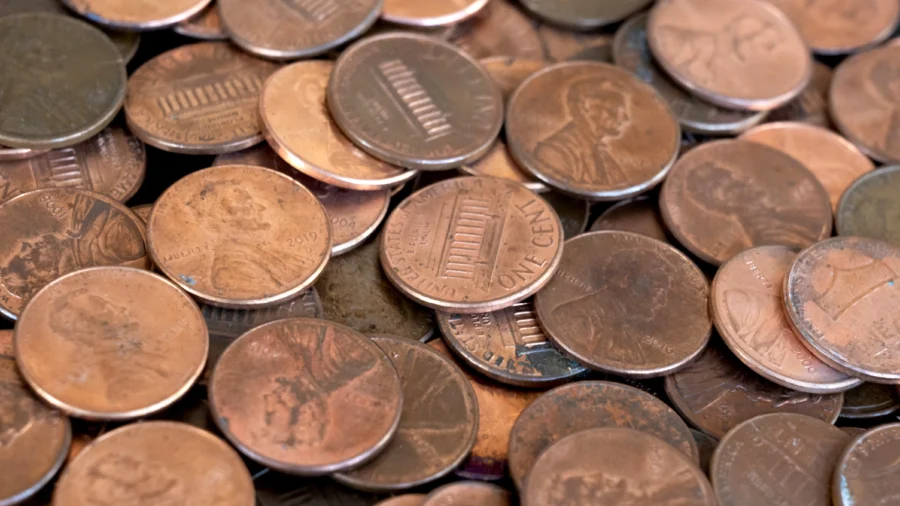
The last U.S. penny to be struck was made in Philadelphia, Pennsylvania, on Nov. 12 at a ceremony to mark the end of the coin’s production.
The penny’s 232-year production was put to an end by order of President Donald Trump, as it costs nearly 4 cents to make each penny, valued at 1 cent.
U.S. Treasury Secretary Scott Bessent and Treasurer Brandon Beach visited the United States Mint to oversee the production of the final circulating one-cent coin.
In February of this year, Trump announced the end of the penny’s production as a way of cutting waste.
“This is so wasteful! I have instructed my Secretary of the U.S. Treasury to stop producing new pennies. Let’s rip the waste out of our great nation’s budget, even if it’s a penny at a time.”
At the time the penny’s end in production was announced, billionaire tech entrepreneur and former head of the Department of Government Efficiency, Elon Musk, voiced his opposition to the continued production.
“The Mint produced over 4.5 billion pennies in FY2023, around 40 percent of the 11.4 billion coins for circulation produced.”
While the production of the penny has ended, the U.S. Mint clarified that the coin is still legal tender: “There are an estimated 300 billion pennies in circulation—far exceeding the amount needed for commerce. Retailers and other businesses can continue to price goods and services in one-cent increments.”
According to the Mint, the first penny was authorized by the Coinage Act of 1792 and was one of the first coins made by the U.S. agency.
While pennies were made of copper before 1962, they were switched to be mostly zinc, with a copper plating.
The first penny design was of a woman with flowing hair, which symbolized liberty. President Abraham Lincoln has been on the penny since 1909.
The reverse side of the penny, which now shows a shield, represents Lincoln’s preservation of the United States’ unity.
According to the press release on the event, the Mint will continue to produce “numismatic versions of the penny in limited quantities for historical and collector purposes.”
Acting Mint Director Kristie McNally said that the Mint “celebrates [the] 232 years of penny manufacturing.
“While general production concludes today, the penny’s legacy lives on. As its usage in commerce continues to evolve, its significance in America’s story will endure.”


